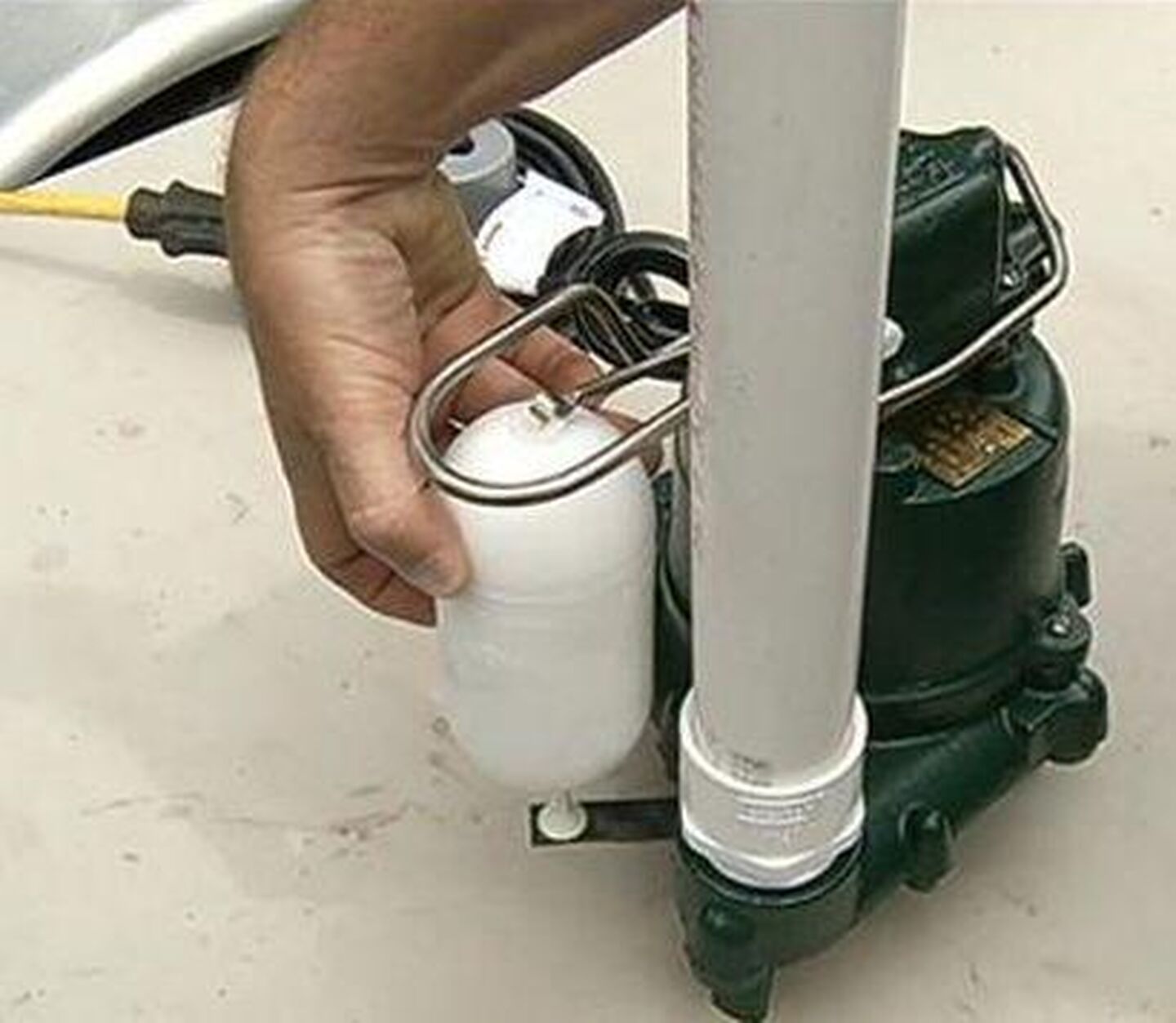Test Your Sump Pump Before You Need It

Look at any do-it-yourself or home repair discussion board on the internet and one of the topics that pop up quite frequently is the sump pump. The discussions and (mostly) pleas for help have titles like:
“My sump pump died. What do I do?”
“My sump pump stopped working!”
“The sump pump in my basement is running all the time. Help!”
As can be told by the anguished tone of these submissions, homeowners frequently don’t discover problems with their sump pumps until the worst possible time, when it’s pouring down rain and the basement is getting wetter and wetter.
A lot of these problems could have been averted if the homeowners involved had taken time to inspect and test their sump pumps once in a while. Sump pumps, probably because they sit quietly in a hole in the corner of the basement most of the time, are easy to ignore but they are an important part of any basement waterproofing system.
So, how can a homeowner prevent basement seepage caused by a sump pump failing just when it’s needed the most? Here are some tips on keeping a sump pump in great working order.
How to Test a Sump Pump
In order to test a sump pump it helps to know how it works.
The vast majority of sump pumps are part of a system of either interior drain tile or exterior drain tile. Drain tile is perforated pipe buried alongside the foundation footings that relieves pressure in the soil and collects ground water to prevent it from entering the basement. The ground water is carried by the pipe to a sump basin where the pump can discharge it outside the home.
In rare circumstances, a sump pump can be installed without drain tile if there is a low spot in the basement where water enters and ground water can drain directly into the sump basin.
The sump pump sits at the bottom of the sump basin and is connected to a discharge pipe, with a check valve to prevent backflow, which either drains to daylight outdoors or connects to a storm sewer. Water enters the pump through openings on the bottom and a spinning impeller moves it upwards. The pump is triggered by a float switch that can be set to start the pump at a water level chosen by the homeowner.
The first thing to determine is whether the sump pump is getting power. Check the outlet the pump is plugged into by plugging in a work light or handheld power tool to make sure the outlet is functioning. If not, check the circuit breaker.
One caution: If a home has an AC/DC back-up sump pump or more than one primary pump, they should be plugged into different circuits.
Next, start filling the sump basin with water from a hose or bucket and observe the float switch to make sure it is moving freely and not caught or pushed against the wall of the basin. Note when the pump kicks on – if it happens quickly, the float switch is set too low and the pump will cycle on and off too frequently, shortening its life.
Finally, observe the sump basin after the pump has removed as much water as it can. If there is no flow from the drain tile pipe (observable near the top of the basin) yet the water level in the basin appears to be rising, the pump’s check valve may be faulty. If the check valve is allowing water to flow back from the discharge pipe it should be replaced.
Of course, a sump pump, like any mechanical device, will eventually reach the end of its useful life and that can’t be avoided. However, testing it once or twice a year will extend that life and ensure that the homeowner has done all that he or she can to keep it working properly.
When the homeowner determines that the sump pump is a goner or needs work to function properly, he or she will need the services of a professional basement waterproofing contractor. Sure, a homeowner with DIY skills can replace a sump pump but a professional will assess the home, recommend the best sump pump and install it properly, ensuring a maximum lifespan.
At U.S. Waterproofing, we have installed thousands of sump pumps in our 57 years keeping basements dry around Chicago and in southeastern Wisconsin and northwest Indiana so why not ask for our free advice when your sump pump doesn’t pass the test?




